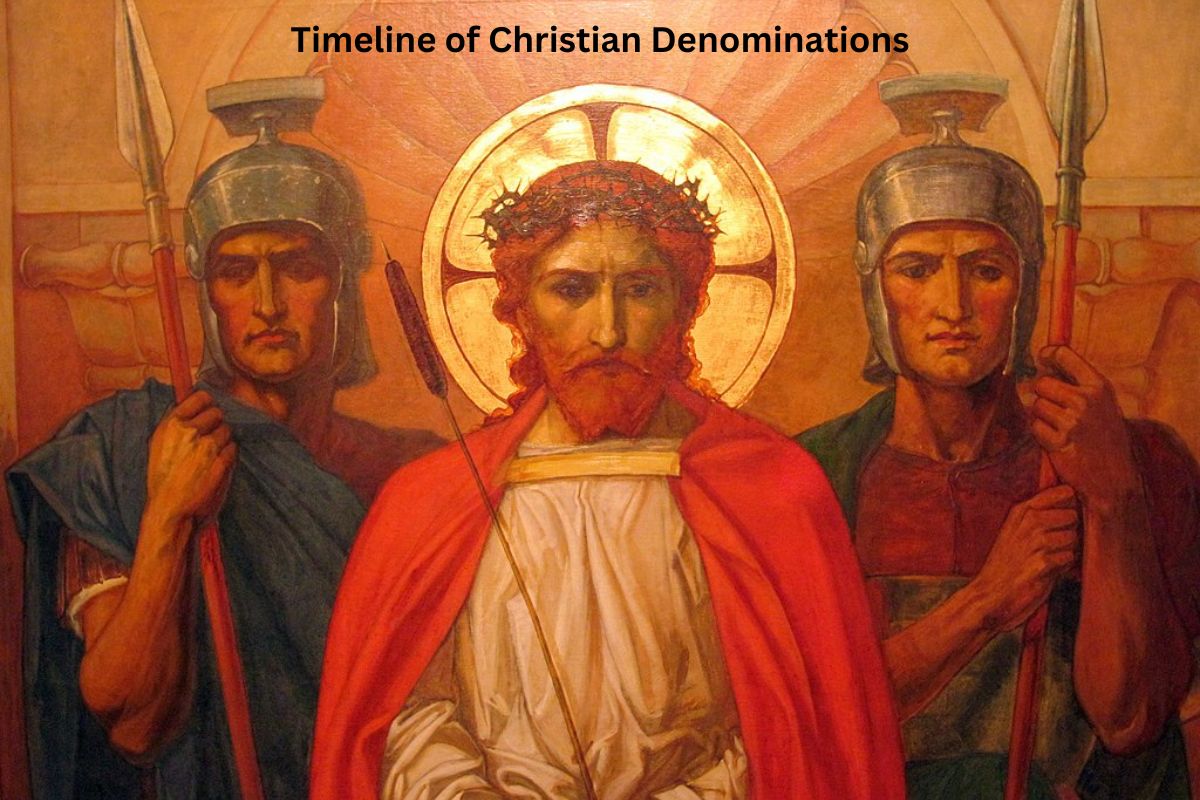Christianity is a diverse religion with numerous denominations, each having unique beliefs, practices, and traditions. These denominations have developed over centuries due to theological differences, reform movements, and cultural influences.
In this exploration of Christian denominations, we will examine major branches and traditions within Christianity, tracing their historical roots, distinctive beliefs, and contributions to the global Christian community.
Whether you are a Christian seeking to understand religious diversity or simply interested in exploring the complexities of faith, this journey through Christian denominations will provide insights into the diverse world of Christianity.
| Century | Events and Developments |
|---|---|
| 1st Century | The birth of Christianity with the ministry, crucifixion, and resurrection of Jesus Christ. Formation of the earliest Christian communities in Jerusalem, Antioch, and other locations. |
| 2nd Century | Emergence of various theological schools and interpretations of Christian doctrine, including Gnostic sects and early Christian apologists. Development of the office of bishop in some Christian communities. |
| 3rd Century | Persecutions of Christians under Roman emperors. Development of the Nicene Creed in response to theological controversies, defining key Christian beliefs. |
| 4th Century | 313 AD: Emperor Constantine’s Edict of Milan legalizes Christianity in the Roman Empire. 325 AD: The First Council of Nicaea is convened to address theological disputes and establish the Nicene Creed. 381 AD: The First Council of Constantinople reaffirms and amends the Nicene Creed. The emergence of Eastern Orthodox Christianity and Western (Roman) Christianity. |
| 5th Century | 431 AD: The Council of Ephesus deals with Christological controversies, contributing to the schism between Eastern and Western Christianity. 451 AD: The Council of Chalcedon addresses further Christological issues, deepening the divide between the Eastern Orthodox and the Oriental Orthodox churches. |
| 11th Century | 1054 AD: The Great Schism occurs, leading to the formal split between the Eastern Orthodox Church and the Roman Catholic Church. |
| 16th Century | 1517 AD: Martin Luther’s Ninety-Five Theses mark the beginning of the Protestant Reformation. 1520s-1530s: Emergence of various Protestant denominations, including Lutheranism, Calvinism, and Anabaptism. 1534 AD: Henry VIII of England establishes the Church of England (Anglicanism) after his break with the Roman Catholic Church. |
| 17th Century | 1600s: The Baptist tradition emerges, with various Baptist denominations forming in England and North America. |
| 18th Century | 1700s: The Methodist movement begins as a reform movement within Anglicanism, eventually leading to the formation of the Methodist Church. |
| 19th Century | 1800s: The Restoration Movement in the United States gives rise to the Churches of Christ, Disciples of Christ, and other Restorationist groups. 1830: The Church of Jesus Christ of Latter-day Saints (Mormonism) is founded by Joseph Smith. |
| 20th Century | Various Pentecostal and Charismatic movements gain prominence within Protestantism. Ecumenical efforts lead to increased dialogue and cooperation between some Christian denominations. |
| 21st Century (up to 2021) | Continued growth of non-denominational and independent churches. Ongoing dialogue and attempts at ecumenism among various Christian groups. Various theological and social issues continue to shape the landscape of Christian denominations. |
Christian Denominations Timeline
1st Century:
The birth of Christianity: The 1st century marks the foundational period of Christianity. It begins with the life and ministry of Jesus Christ, who taught in Judea and Galilee.
His crucifixion, believed to have occurred around 30-33 AD, is a central event in Christian theology as it is seen as the atonement for the sins of humanity.
Also Read: Biblical Flood Timeline
The resurrection of Jesus is considered a pivotal moment, signaling victory over death and the basis for Christian faith.
Formation of Christian communities: After Jesus’ ascension, his followers, known as the Apostles, began spreading his teachings. Early Christian communities formed in places like Jerusalem and Antioch.
These early believers were Jewish, and they continued to worship in synagogues while also gathering for the breaking of bread and teaching. The Apostle Paul’s missionary journeys played a significant role in spreading Christianity to the Gentiles (non-Jews).
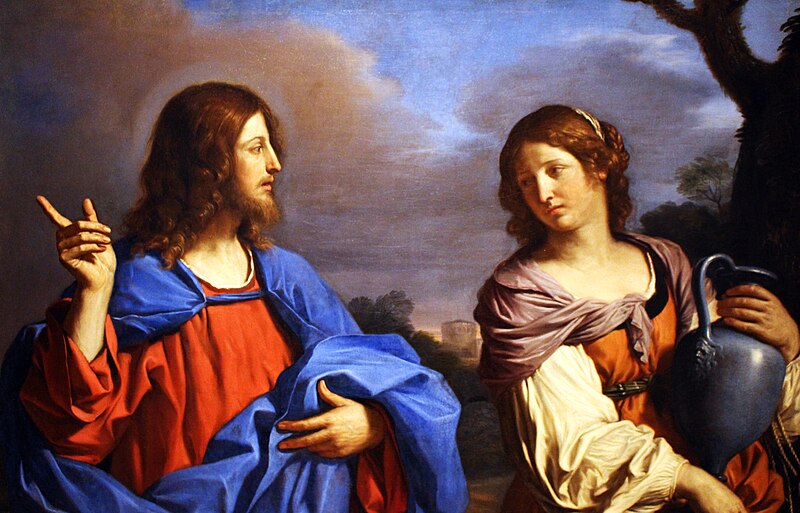
2nd Century:
Emergence of theological schools: In the 2nd century, Christian thought and theology started to develop more formally. Various theological schools emerged, each with its own interpretations of Christian doctrine.
Also Read: Timeline of the End of Days in the Bible
For example, the Alexandrian School, based in Alexandria, Egypt, emphasized allegorical interpretation of Scripture, while the School of Antioch focused on a more literal interpretation.
Gnostic sects: The 2nd century saw the rise of Gnostic sects, such as the Valentinians and Sethians, which presented alternative cosmologies and belief systems. Gnostic beliefs often included dualistic concepts of a higher, hidden knowledge (gnosis) and the material world as inherently evil.
Early Christian apologists: Apologists like Justin Martyr, Clement of Alexandria, and Tertullian defended and explained Christian beliefs to a wider audience, often addressing misconceptions and criticisms from the Roman authorities and philosophers. Their writings are valuable for understanding the early Christian perspective.
3rd Century:
Persecutions of Christians: The 3rd century was marked by sporadic persecutions of Christians under various Roman emperors, such as Decius and Diocletian.
These persecutions were often localized but could be severe in some regions. They aimed to force Christians to renounce their faith or face imprisonment, torture, or execution.
Development of the Nicene Creed: Theological controversies, particularly surrounding the nature of Christ, led to the convening of the First Council of Nicaea in 325 AD.
This council aimed to resolve disputes and provide a unified statement of Christian faith. The result was the Nicene Creed, which affirmed key beliefs, including the divinity of Christ and the Trinity.
Expansion of Christian communities: Despite persecutions, Christianity continued to spread and gain converts during the 3rd century. The faith reached regions far beyond its Judean origins, with communities in North Africa, Asia Minor, and even Rome itself.
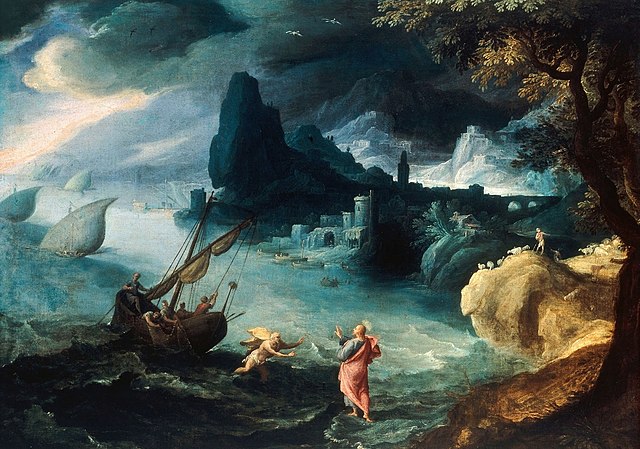
4th Century:
313 AD: Edict of Milan: One of the most significant events of the 4th century was the Edict of Milan in 313 AD, issued by Emperor Constantine the Great and co-emperor Licinius.
This edict effectively legalized Christianity within the Roman Empire, ending the period of widespread persecutions. It allowed Christians to worship freely and restored confiscated church properties.
First Council of Nicaea (325 AD): This council was convened to address theological controversies, particularly the Arian heresy, which denied the full divinity of Jesus Christ.
The council produced the Nicene Creed, a foundational statement of Christian faith that affirmed the divinity of Christ and laid the groundwork for understanding the Holy Trinity.
First Council of Constantinople (381 AD): This council expanded upon the Nicene Creed and further clarified Christian doctrine, including the Holy Spirit’s role in the Trinity.
The Nicene-Constantinopolitan Creed, often referred to simply as the Nicene Creed, has been a central statement of faith for both Eastern Orthodox and many Western Christian traditions.
Emergence of Eastern Orthodox and Western Christianity: The 4th century saw a growing divide between Eastern Christianity, centered in Byzantium (Constantinople), and Western Christianity, centered in Rome. This division would ultimately lead to the Great Schism in 1054.
5th Century:
Council of Ephesus (431 AD): This ecumenical council was convened to address Christological controversies, particularly the Nestorian heresy, which separated the divine and human natures of Christ to an extreme degree. The council affirmed the title “Theotokos” (Mother of God) for the Virgin Mary and declared Nestorianism a heresy.
Council of Chalcedon (451 AD): Another major Christological council, it sought to clarify the nature of Christ. The council affirmed that Christ had two natures (divine and human) united in one person, known as the hypostatic union. This led to further divisions in Eastern Christianity, with the Oriental Orthodox Church rejecting the Chalcedonian formulation.
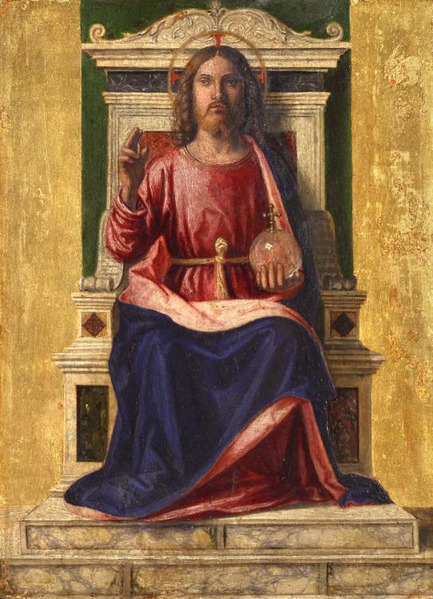
11th Century:
Great Schism (1054 AD): The 11th century witnessed the formal split between the Eastern Orthodox Church and the Roman Catholic Church, known as the Great Schism.
The primary points of contention included the authority of the Pope, theological differences, liturgical practices, and the use of unleavened bread in the Eucharist.
The schism resulted in the Eastern Orthodox Church and the Roman Catholic Church becoming two distinct Christian traditions.
Papal Authority: The question of papal authority and supremacy had been a point of tension between the Eastern and Western churches for centuries. The mutual excommunications of Pope Leo IX and Patriarch Michael Cerularius in 1054 symbolized the culmination of these tensions.
Cultural and Linguistic Differences: Differences in language (Latin in the West and Greek in the East) and cultural practices further contributed to the rift between the Eastern and Western branches of Christianity.
16th Century:
Protestant Reformation (16th century): The 16th century is marked by the Protestant Reformation, a significant movement that aimed to reform and, in some cases, break away from the Roman Catholic Church. Key events and figures include:
Martin Luther: In 1517, Martin Luther, a German monk, published his Ninety-Five Theses, critiquing certain practices of the Catholic Church, particularly the sale of indulgences. This act is often considered the starting point of the Reformation.
Lutheranism: Luther’s teachings led to the formation of Lutheranism, one of the earliest Protestant denominations. It emphasized justification by faith alone and the authority of Scripture.
Emergence of Protestant denominations: The Reformation gave rise to various Protestant denominations with differing theological emphases. These included:
Calvinism: Based on the teachings of John Calvin, Calvinism emphasized predestination and the sovereignty of God.
Anabaptism: Anabaptists advocated for adult baptism and the separation of church and state.
Anglicanism: In England, King Henry VIII’s break with the Roman Catholic Church in the 1530s led to the establishment of the Church of England (Anglicanism). It retained many Catholic traditions.
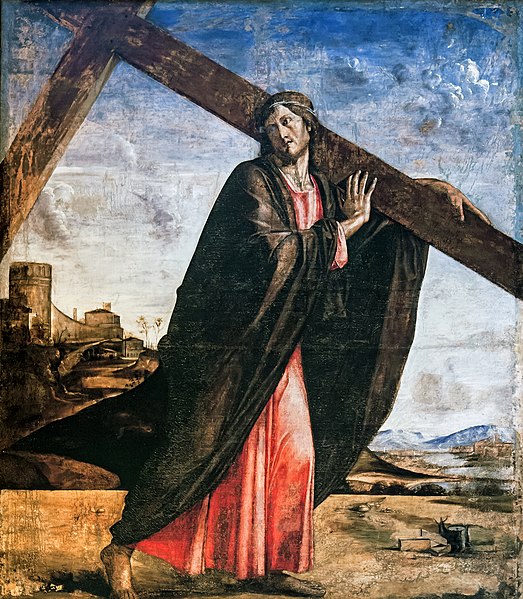
17th Century:
Baptist Tradition (17th century): The Baptist tradition emerged in the 17th century, emphasizing adult baptism by immersion and the autonomy of local congregations. Early Baptist figures like John Smyth and Thomas Helwys played significant roles in its formation.
Also Read: Baptist History Timeline
18th Century:
Methodist Movement (18th century): The 18th century saw the emergence of the Methodist movement, led by figures like John Wesley and his brother Charles Wesley.
Also Read: United Methodist Church Split Timeline
Methodism began as a reform movement within the Church of England but later developed into an independent denomination, the Methodist Church. Methodists emphasized personal piety, social justice, and itinerant preaching.
Restoration Movement (19th century): While not in the 18th century, the roots of the Restoration Movement can be traced back to this period. The movement sought to return to what its adherents saw as the simple, primitive Christianity of the New Testament.
Key figures in this movement included Thomas Campbell, Alexander Campbell, and Barton W. Stone. The Restoration Movement led to the formation of various groups, including the Churches of Christ and the Disciples of Christ.
19th Century:
Restoration Movement: The 19th century witnessed the full development of the Restoration Movement, which aimed to restore primitive Christianity as described in the New Testament.
Key figures included Alexander Campbell and Barton W. Stone, who led efforts to unite Christians based on a return to New Testament practices.
This movement resulted in the formation of several groups, including the Churches of Christ, the Disciples of Christ, and the Christian Church (Disciples of Christ), each with its own organizational structure and beliefs.
Mormonism (1830): In 1830, Joseph Smith founded The Church of Jesus Christ of Latter-day Saints (commonly known as Mormonism) in upstate New York.
Smith claimed to have been visited by God and Jesus Christ and to have translated the Book of Mormon, which Mormons consider additional scripture. The movement quickly grew and became one of the most distinct and influential religious groups in the United States.
20th Century:
Pentecostal and Charismatic Movements (20th century): The 20th century witnessed the rapid growth of Pentecostalism and the Charismatic Movement.
Pentecostalism, which had its roots in the early 20th century, emphasized the experience of speaking in tongues (glossolalia) and the manifestation of spiritual gifts described in the Book of Acts.
The Charismatic Movement, which began in the 1960s, brought similar practices and beliefs into mainstream Protestant and Catholic denominations.
Ecumenical Efforts: The 20th century also saw increased efforts towards Christian unity and dialogue between different denominations and traditions.
Organizations like the World Council of Churches (founded in 1948) and the Second Vatican Council (1962-1965) in the Roman Catholic Church aimed to foster greater cooperation and understanding among Christian groups.
21st Century (up to 2021):
Non-Denominational and Independent Churches: The 21st century has seen the continued growth of non-denominational and independent churches. These churches often prioritize a less formalized or institutional approach to faith and worship, attracting people seeking a more contemporary and less structured religious experience.
Ecumenism and Interfaith Dialogue: Christian ecumenical efforts, aimed at fostering unity among Christian denominations, have persisted into the 21st century. Additionally, interfaith dialogue between Christians and adherents of other religions has become increasingly important in a globalized world.
Contemporary Issues: Various theological, ethical, and social issues have continued to shape the landscape of Christian denominations in the 21st century. Debates on topics such as human sexuality, gender roles, and social justice have sparked conversations and sometimes divisions within Christian communities.
Technology and the Church: The 21st century has also witnessed the integration of technology into religious practices. Churches have adopted online services, live streaming, and social media to reach a broader audience and engage with members.
